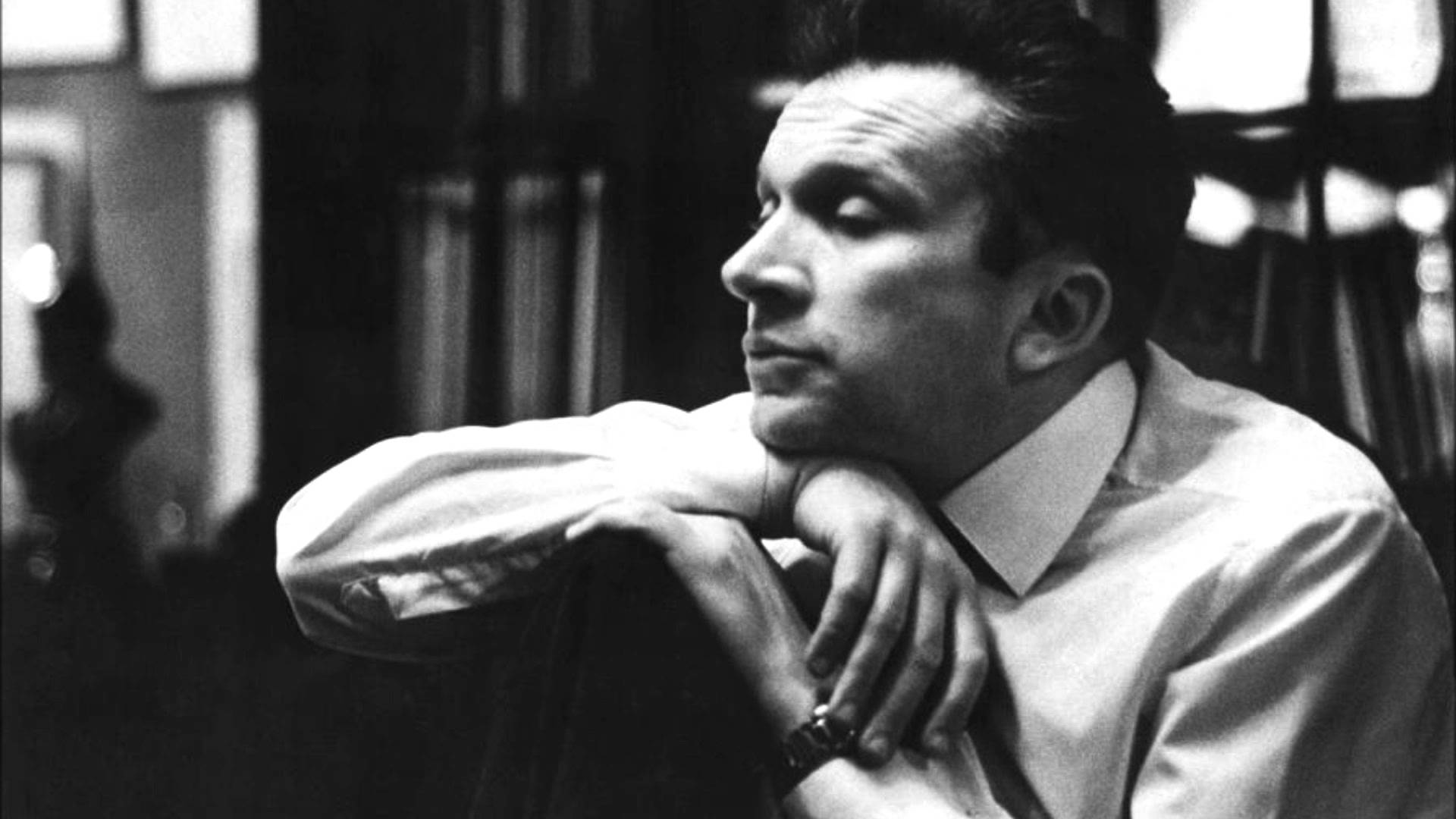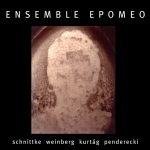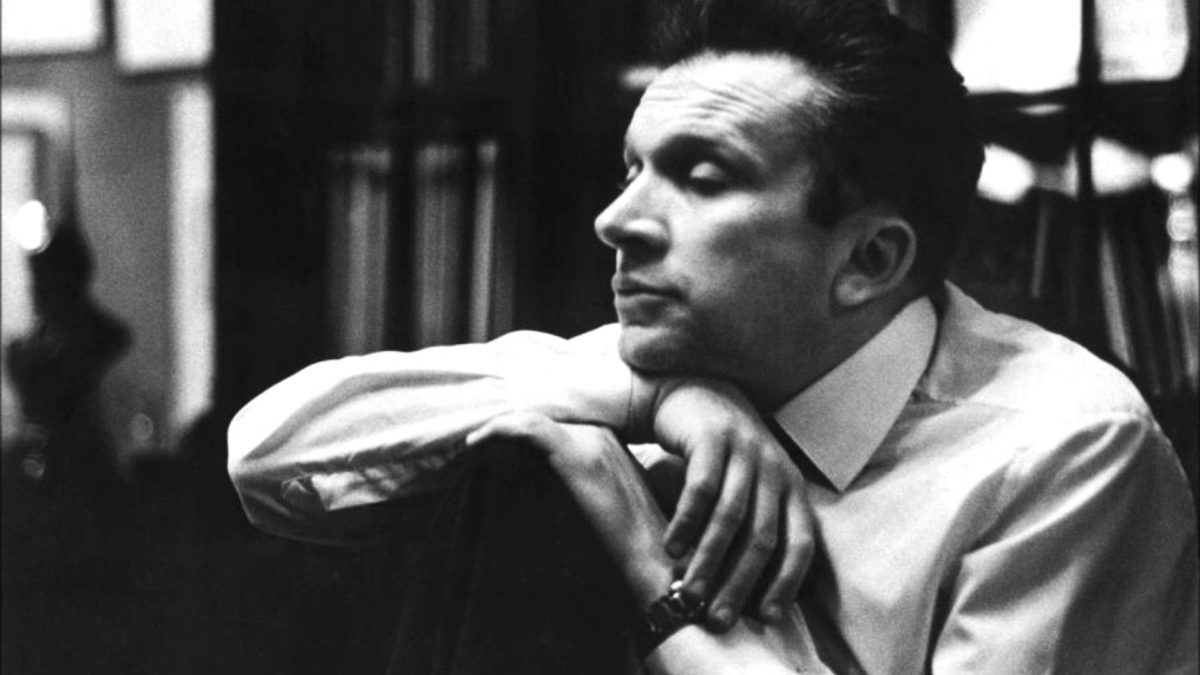“For its second disc – generously filled, and rewardingly programmed – string trio Ensemble Epomeo focuses on music composed in Eastern Europe and Russia in the late 20th century, playing with a remarkable intensity and elegant assurance throughout.
The threesome’s Schnittke String Trio bristles with detail – there are finely balanced chords moving from glowing diatonicism to harsh dissonance, and carefully shaped melodies with beautifully expressive vibrato – yet they never lose sight of the work’s broader architecture, nor of its poignant, increasingly bleak mood. Penderecki’s String Trio gives the players the chance to shine individually in vividly dispatched cadenzas – David Yang on viola is lithe and expressive, cellist Kenneth Woods nimble and mischievous, and violinist Diane Pascal forcefully assertive – and there’s a persuasive rhythmic drive to their propulsive closing movement.
They expertly summon vivid sound images for a selection of miniatures from Kurtág’s Signs, Games and Messages, and there’s abundant lyricism in their Weinberg String Trio, not least in Woods’s gracefully phrased opening cello line….Recorded sound..is warm and resonant.”
— The Strad
Mieczyslaw Weinberg was born in Warsaw in 1919, where he completed his studies as a pianist at the Conservatory in 1939. He had hardly finished his education when he had to flee the German occupation of Warsaw. He managed to escape to the Russian border, but his parents and sister were captured and burned alive. During 1942, Weinberg was a refugee in Tashkent when the composer Israel Finkelstein, a colleague of Shostakovich, took an interest in him. Finkelstein showed Shostakovich Weinberg’s First Symphony, and Shostakovich was so impressed that he arranged for Weinberg to move to Moscow. The two composers forged a close friendship that remained central to both of their lives until Shostakovich’s death in 1975. Weinberg never forgot the role Shostakovich had played in saving his life and was clearly grateful for the inspiration he had taken from him, writing ‘although I never had lessons from him, I count myself as his pupil, as his flesh and blood’. In exchange, Weinberg fostered Shostakovich’s abiding interest in Jewish folk music, and it is around the time of their emerging friendship that Shostakovich wrote his most important Jewish-themed works: the Second Piano Trio, the Fourth String Quartet and the song-cycle ‘From Jewish Poetry’.
The influence of Jewish, gypsy and Moldavian folks themes is pervasive in Weinberg’s String Trio (1950). With his ability to seamlessly integrate folk material, fugal technique and post-tonal harmony, Weinberg in 1950 seems already quite far along in reconciling the old and new, as Penderecki, Kurtág and Schnittke would seek to do a half-generation later. The first movement opens with a gently melancholic tune in the cello and builds to a furious climax, before winding down in a more Klezmer-inflected restatement of the opening. The haunting second movement, an eerie fugue, is the one part of the Trio that is free of folk influence. The finale, on the other hand, is almost pure folk music: emerging over a long, slow-burning ostinato, it builds to a screaming climax of orchestral proportions, before dying away and ending in desolation. It is not known if the work was premiered publicly at the time it was written – it remained unpublished until 2007. Shortly after completing the piece, Weinberg was arrested by the KGB for ‘Zionist activities’ and was only released when Shostakovich interceded on his behalf. When the authorities let him out of prison a few days after Stalin’s death in March 1953, it was Shostakovich he rang first.
— Kenneth Woods



Recent Comments